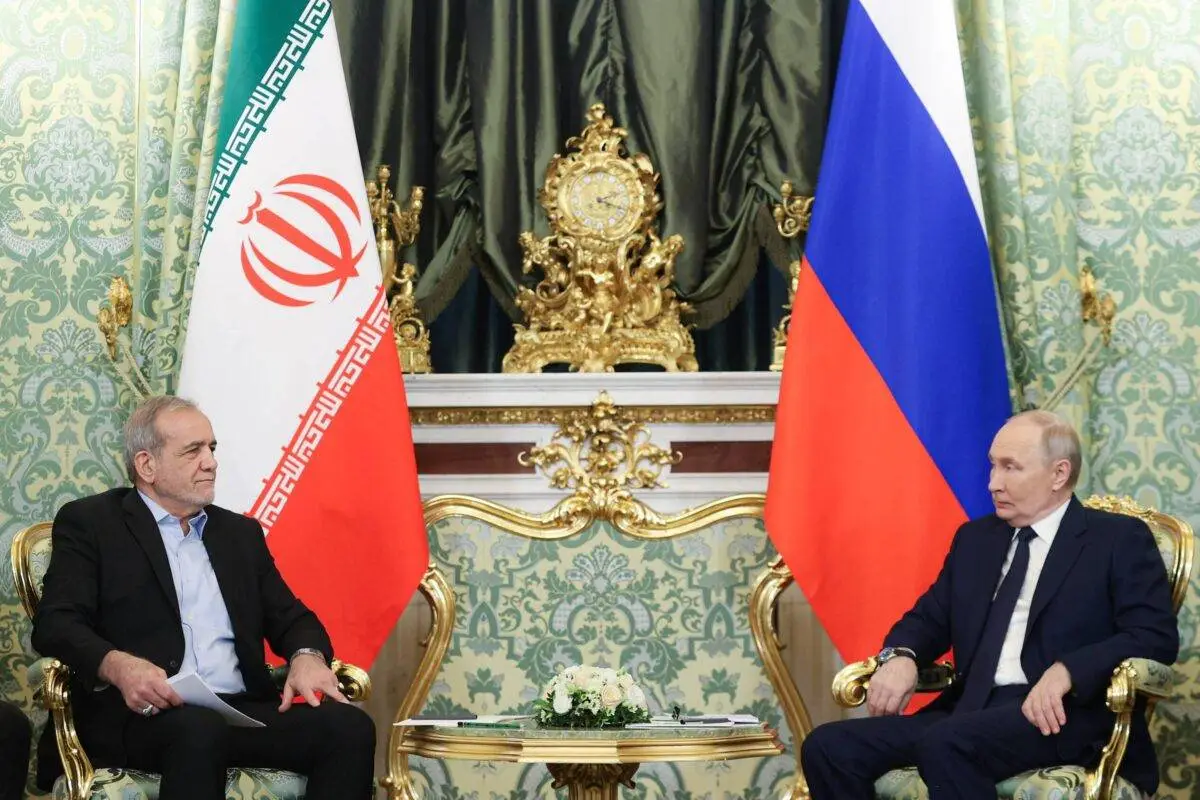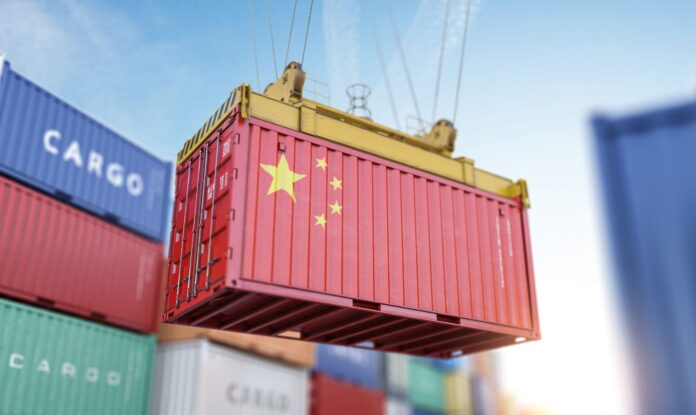Wheat has long been a cornerstone of Pakistan’s economy and its people’s diet. Since the country’s formation in 1947, the price of wheat has seen substantial changes influenced by global events, domestic agricultural policies, subsidies, inflation, and supply-demand dynamics. This blog covers a deep dive into Pakistan’s wheat price history, with referenced data stretching from independence to modern times.
Wheat Prices in Pakistan (1947 – 2025)
| Year | Support Price (PKR per 40kg) | Approx. Price per kg (PKR) | Notes |
|---|---|---|---|
| 1947-1950 | 12 | 0.30 | Post-partition era with minimal market intervention. |
| 1951-1960 | 16 | 0.40 | Gradual price control to stabilize food security under early economic policies. |
| 1961-1970 | 20 | 0.50 | The Green Revolution began influencing yields and wheat pricing. |
| 1971-1975 | 60 | 1.50 | Nationalization era, supply chain restructuring affected pricing. |
| 1976-1980 | 85 | 2.13 | Price stability despite inflation during Zia-ul-Haq’s early economic reforms. |
| 1981-1985 | 125 | 3.13 | Subsidy and procurement policies shifted with global wheat prices. |
| 1986-1990 | 200 | 5.00 | Steady price increases due to inflation and global oil shocks impacting agriculture. |
| 1991-1995 | 3,000 | 75.00 | Free-market policies and input cost surges drove support price revisions. |
| 1996-2000 | 4,500 | 112.50 | Increased minimum support price (MSP) for food security assurance. |
| 2001-2005 | 5,000 | 125.00 | Stable trend as government intervened to control flour price volatility. |
| 2006-2010 | 8,000 | 200.00 | International wheat shortages drove sharp increases in Pakistan. |
| 2011-2015 | 11,500 | 287.50 | A mix of global inflation and local production shortfalls spiked prices. |
| 2016-2020 | 13,500 | 337.50 | Gradual increases aligned with rising input costs (diesel, fertilizer, seeds). |
| 2021 | 1,800 | 45.00 | Government revised MSP to boost sowing and stabilize the market. |
| 2022 | 1,950 | 48.75 | Wheat procurement price raised amid global inflation and import reliance. |
| 2023 | 3,900 | 97.50 | Marked a record high to protect farmers from cost-of-production spikes. |
| 2024-2025 | ~4,200 (expected) | ~105.00 | Expected adjustments to align with international price trends and inflation. |
Conclusion
The historical journey of wheat prices in Pakistan from 1947 to 2025 showcases the nation’s evolving food security strategy and economic challenges. The sharp growth from Rs. 0.30 per kg in the post-partition years to nearly Rs. 100 per kg by 2024 tells the story of a developing economy, global economic shocks, and changing agricultural landscapes.
For the most accurate and updated information, consult:
- Pakistan Bureau of Statistics: https://www.pbs.gov.pk
- Ministry of National Food Security and Research: http://www.mnfsr.gov.pk
- State Bank of Pakistan Economic Data: https://www.sbp.org.pk
- FAO Global Wheat Price Reports: https://www.fao.org
Disclaimer: Historical data is compiled from economic surveys, academic research, State Bank reports, and government publications. Market fluctuations may vary regionally.














